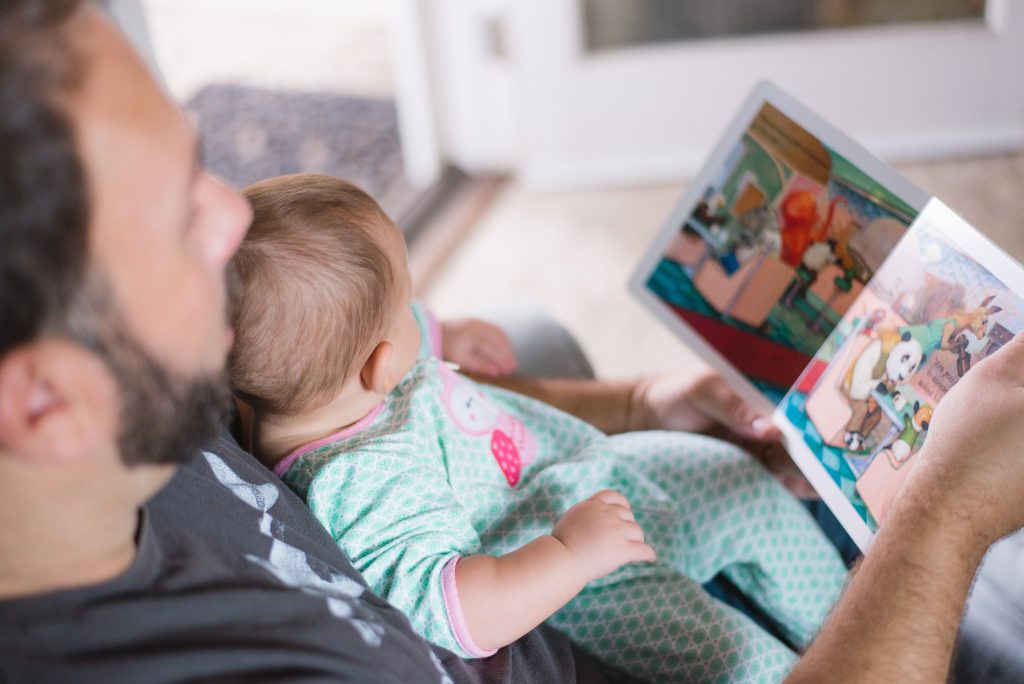Child custody refers to the arrangements made after a relationship breakdown for the responsibility of caring for children. The parent who gains custodial rights to their children will be considered the primary caregiver henceforth.
In terms of its social impact, child custody has always been a contentious issue in Australia. There is rigorous debate between people about the current system and whether or not it is fair.
In the most acrimonious of relationship breakdowns, parents will often make cases in court as to why they should be given custody over their former partner. This is where family lawyers act on behalf of their clients and work with the court to ensure the best interests of the children.
It is certainly true that the Australian system of family law has been deliberately tailored to preserve the best interests of children who land in the crossfire between disputing parents. Above all, the court system seeks to give these children the same emotional, financial and academic opportunities as those with married parents.

The Family Law Act, 1975
The Australian Parliamentary Family Law Act, 1975 is the umbrella under which Australia’s family laws are governed. The act has been altered slightly during successive governments.
The most innovative feature of the act was the introduction of the term ‘no-fault divorce’. This means that issues relating the fallout of a relationship breakdown would not consider any wrongdoing perceived by either party that lead to the separation
In the context of child custody, this means that the parent who is perceived to have been ‘at fault’ for the divorce (an unfaithful spouse for example) would not be disadvantaged in receiving child custody.
How the Family Law Act applies to children
All matters relating to children are based around which parent the child will primarily live with. Both parents are considered responsible for the care and financial upkeep of the child regardless of whether they have been in a relationship.
The responsibility of a parent who gains custody is to make daily decisions relating to the care of a child which includes where they attend school. While responsibility is always shared 50/50 the amount of time each parent is permitted to spend with the child is rarely equal following a separation.
The court uses the principles outlined in what is called ‘the child’s best interests’ to determine these issues. In instances where one parent has a history of sexual abuse or domestic violence their rights to visitation may be totally revoked.
Child’s best interest

The court considers wide range of factors when determining the best interests of the child. This includes their relationship with their parents and their own wishes.
The wishes of the child are contrasted with their age and maturity. Children who are very young will have less direct input into who takes custody of them. Older children who are considered mature enough (teenagers for example) are able to directly influence the court’s decision about which parent they stay with.






